�Tips for making things work when they don't quite want to?
imrainey
13 years ago
Related Stories

ORGANIZINGHow to Keep Your Home Neat When You Don't Have a Mudroom
Consider these 11 tips for tackling the clutter that's trying to take over your entry
Full Story
CONTRACTOR TIPSBuilding Permits: When a Permit Is Required and When It's Not
In this article, the first in a series exploring permit processes and requirements, learn why and when you might need one
Full Story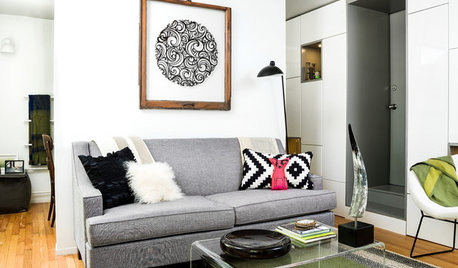
DECORATING GUIDESBudget Decorator: How to Save When You Don’t DIY
You don’t have to be crafty to decorate your home inexpensively. Here are other ways to stretch your design dollars
Full Story
MORE ROOMSWhere to Put the TV When the Wall Won't Work
See the 3 Things You'll Need to Float Your TV Away From the Wall
Full Story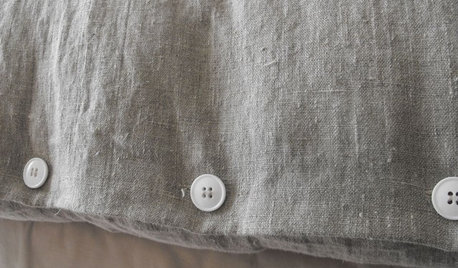
UPHOLSTERYFabric Focus: There's Nothing Quite Like Linen
Classic, understated, durable and mildew-resistant, linen is a casual fabric fit for any home
Full Story
COLORPick-a-Paint Help: How to Quit Procrastinating on Color Choice
If you're up to your ears in paint chips but no further to pinning down a hue, our new 3-part series is for you
Full Story
DECORATING GUIDES9 Tips for Making Your Shelf Display Look Great
Learn the tricks stylists use when arranging objects on a shelf
Full Story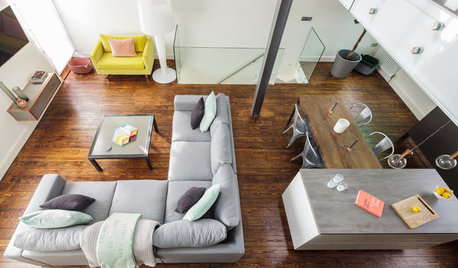
DECORATING GUIDESRoom Doctor: 10 Things to Try When Your Room Needs a Little Something
Get a fresh perspective with these tips for improving your room’s design and decor
Full Story
MOST POPULAR5 Remodels That Make Good Resale Value Sense — and 5 That Don’t
Find out which projects offer the best return on your investment dollars
Full Story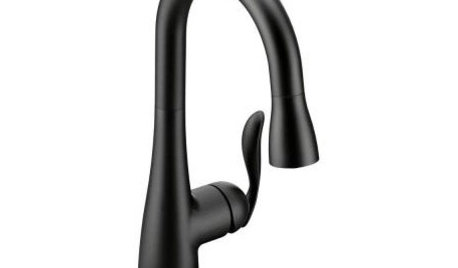
PRODUCT PICKSGuest Picks: 19 Kitchen Upgrades for When You Can't Afford an Overhaul
Modernize an outdated kitchen with these accents and accessories until you get the renovation of your dreams
Full StoryMore Discussions






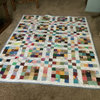
teresa_nc7
magothyrivergirl
Related Professionals
Scottsdale Furniture & Accessories · Fair Lawn Furniture & Accessories · Rogers Furniture & Accessories · Tamalpais-Homestead Valley Furniture & Accessories · Dublin Flooring Contractors · Gainesville Flooring Contractors · Hialeah Gardens Flooring Contractors · Kirkland Flooring Contractors · Medway Flooring Contractors · Newburgh Flooring Contractors · Oro Valley Flooring Contractors · Seabrook Flooring Contractors · Temple Terrace Flooring Contractors · Westerville Flooring Contractors · Fort Carson Furniture & Accessoriespetalpatsy
toolgranny
geezerfolks_SharonG_FL
buteau3rd
jennifer_in_va
karpet
kathi_mdgd
patce
imraineyOriginal Author
nannykins
nanajayne